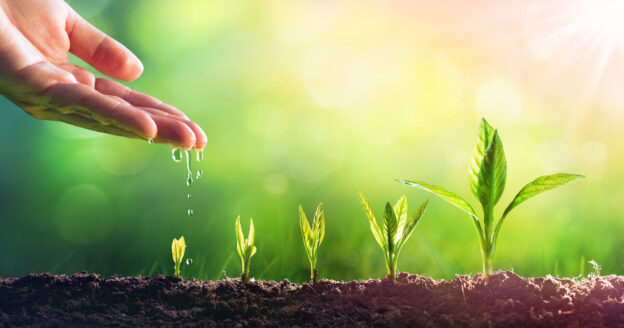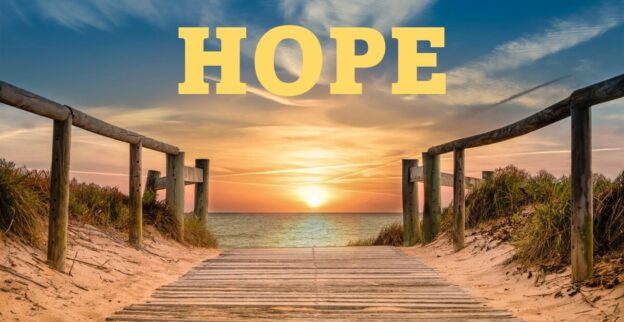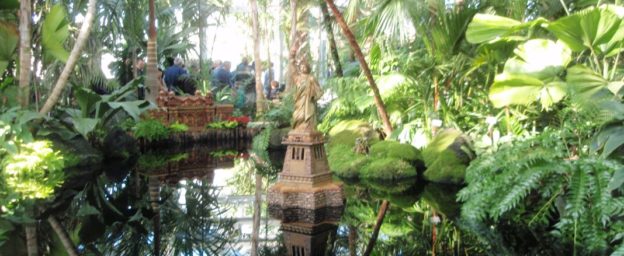Living is my word for the new year. Living is one of those words that is typically followed or preceded by other words or phrases. Although inspired by the subtitle of our upcoming book, Midlife, New Life: Living Consciously in Midlife and Beyond, many positive words and phrases can precede or follow the word living: Living Well, Living Life Creatively, and Living with Technology, are all chapters in the book; other phases that may come to mind include living space, living wage, living things, living peacefully, living the dream, or senior living, sustainable living, purposeful living, vibrant living, working for a living, or the philosophy of living. Living from the place of surrender, living in harmony, and living in hope all connect well to my words for previous years.
Living is the active word for the verb to live or the noun life, it is about being alive. This brought to my mind the words of Howard Thurman, “Ask what makes you come alive and go do that. Because what the world needs is people who have come alive.” The new year offers new opportunities for being awake and alive, and for living intentionally.
Living is such a versatile word. What are the “living” phrases that come to your mind? How are you choosing to live? I invite you to bring attention to what you are noticing as you read this blog post and set an intention for how you will be living in the new year. Join me in living more consciously.




